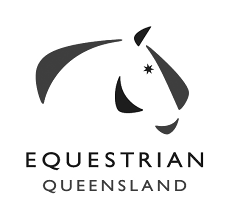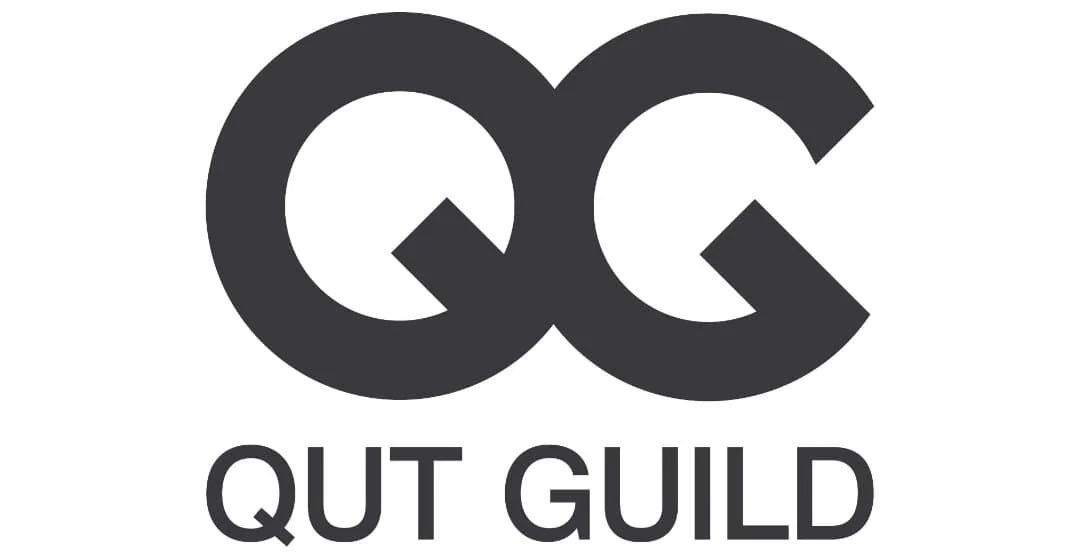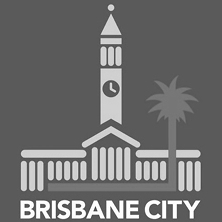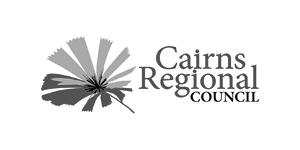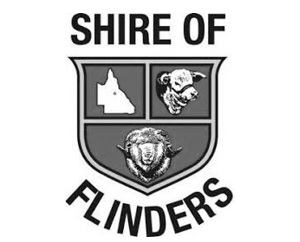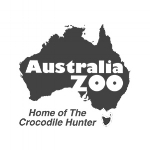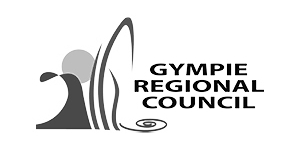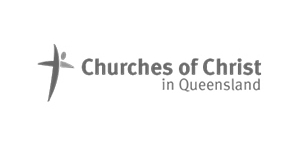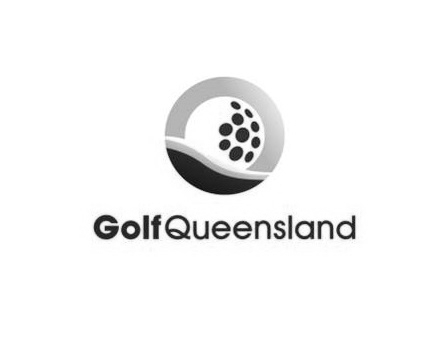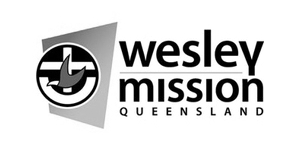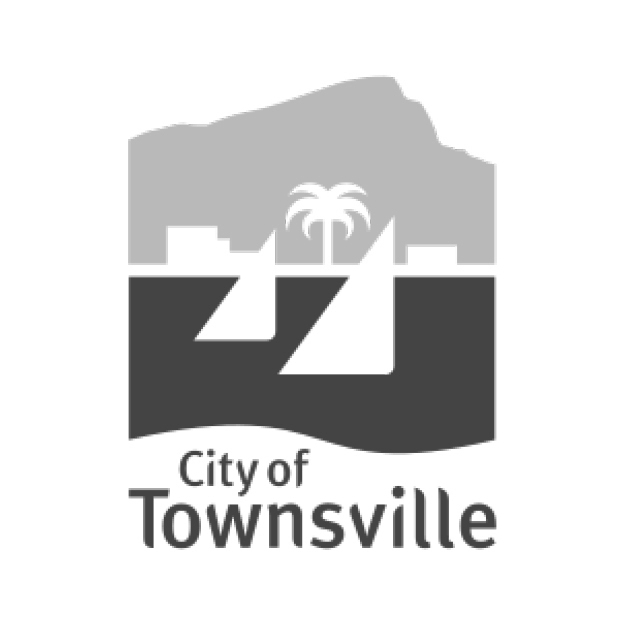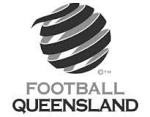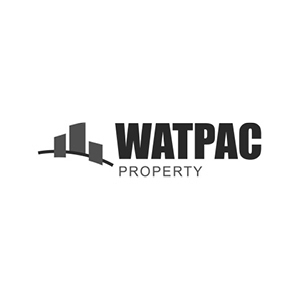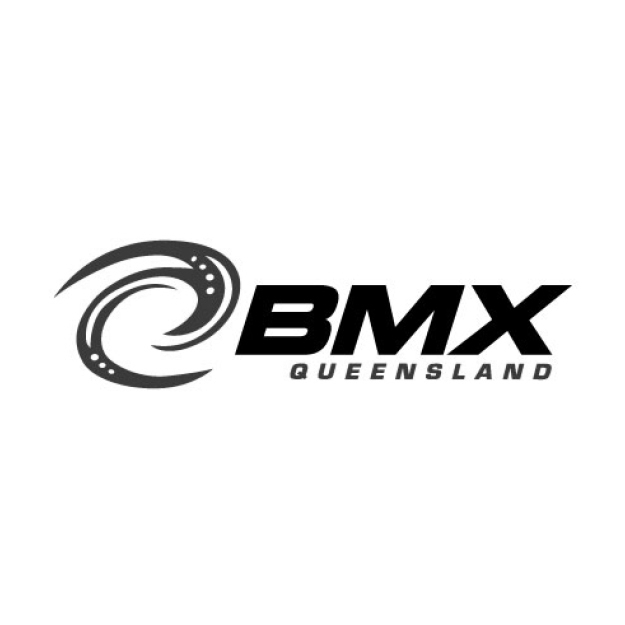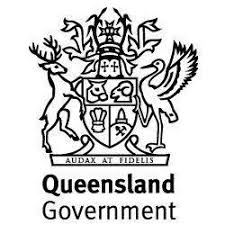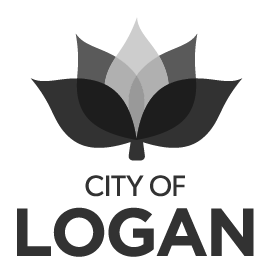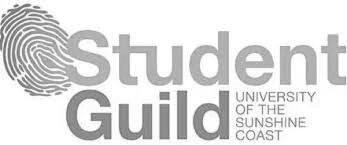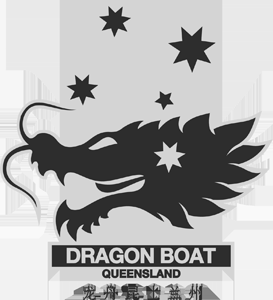Moreton Bay Equine Network Mapping Report and Action Plan
City of Moreton Bay
Purpose
Network mapping and planning offers a big picture view, especially when multiple facilities serve a common purpose, as seen in the City of Moreton Bay's equine sports network. With 17 facilities hosting 34 clubs affiliated with 20 bodies representing over 26 equestrian disciplines, it is beneficial to consider all of the facilities in a region-wide context including site factors, utilisation levels, disciplines and competition levels, along with the need for facility enhancements. The Moreton Bay Equine Network Mapping Report and Action Plan served the purpose of providing this understanding, enabling strategic and prioritised investments in facility improvements across the network.
Approach
CPR Group's approach to the Moreton Bay Equine Network Mapping Report and Action Plan aimed to simplify a complex situation. Extensive data was collected from various sources, including Council, affiliate bodies, clubs, and participants, using consultation, site visits and surveys. Microsoft Power BI was used to combine and present this data in a searchable dashboard, supporting the recommendations in the report. CPR Group's expertise in equestrian facility planning ensures that network-wide recommendations prioritise safety, horse welfare, and competition-level requirements. The consideration of long term trends and opportunities ensure Council is well informed to anticipate likely changes within the network over time. Importantly, Moreton Bay includes the Queensland State Equestrian Centre, so both the state, and nation-wide situation was considered, along with the requirements for international level competition held at this site.
Outcomes
The Moreton Bay Equine Network Mapping Report and Action Plan provides Council with a comprehensive and informed basis for strategic investment in the city's equestrian facilities for the future.
To target opportunities, clearly prioritise, and anticipate future consolidation or growth, the Moreton Bay region's equine facilities were categorised into a four-level network hierarchy: Training, Local, Regional, and State. The action plan prioritised recommendations based on key factors, including facility utilisation, constraints, occupant clubs or users, participation trends, and previous investment. Safety and horse welfare were paramount, but the plan also considered the most well-utilised assets with the highest demand, ensuring they are improved first to accommodate the network demand efficiently. Some recommendations were contingent on changing circumstances, like a change in facility usage or usage type.



